Our Locations
Quindío, Colombia
Our lovely team is prepared to provide you with the best and more responsible guided experience in Salento Quindio.

Enjoy your stay in Salento with two days full of nature, culture and adventure. Join to the best attractions that this beautiful town offers surrounded by the Andes mountains ranges. Let yourself be amazed by the beauty of The cocora valley and its wax palm. Learn more about the coffee culture visiting a traditional coffee farm where you experience the entire coffee process (from the seed to the cup) , then get your adrenaline pumping with an amazing canyoning (waterfall rappelling) through the sacred waters of the Santa Rita natural reserve.
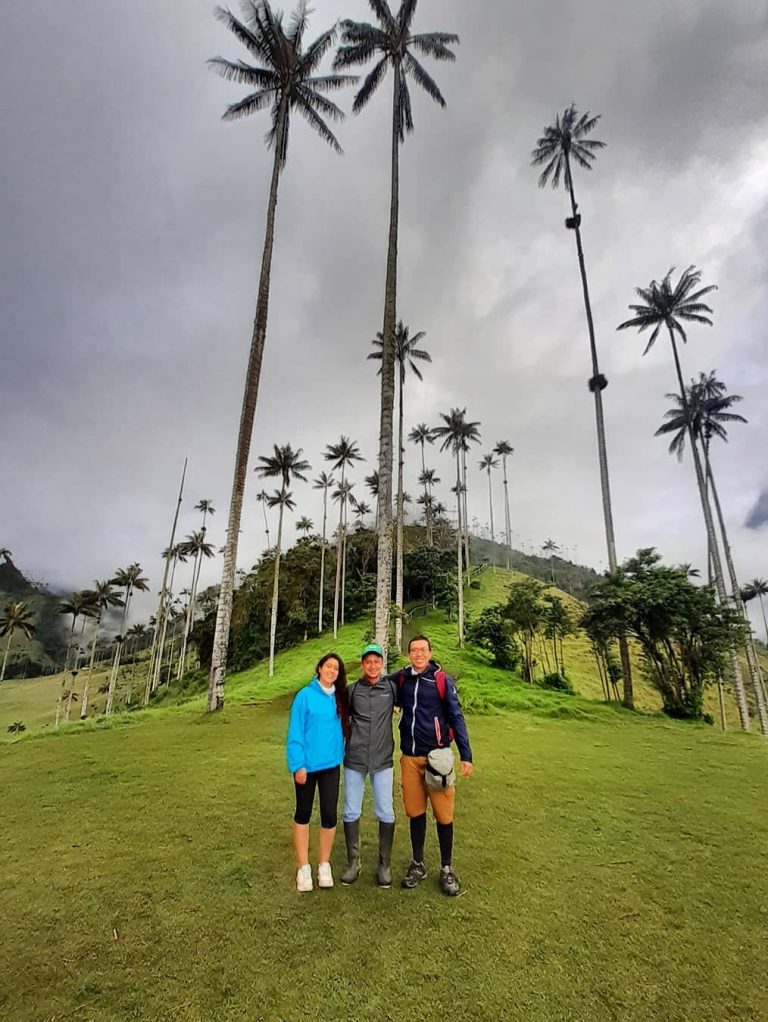
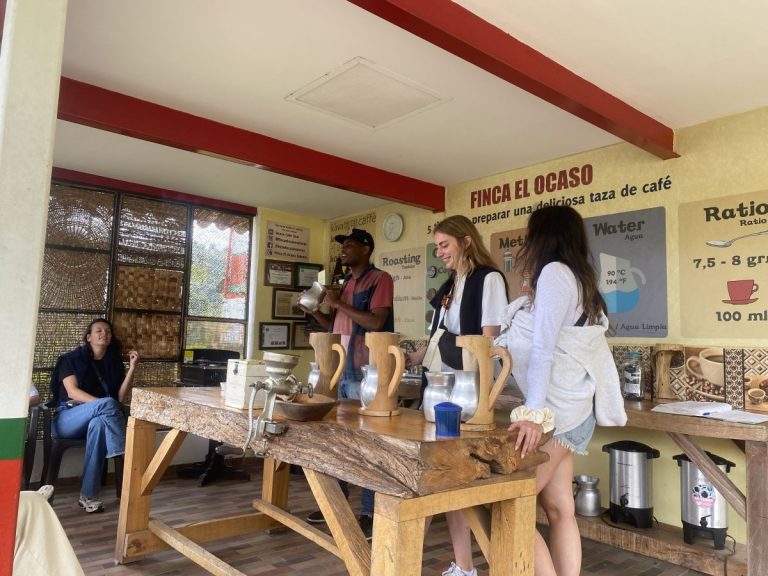
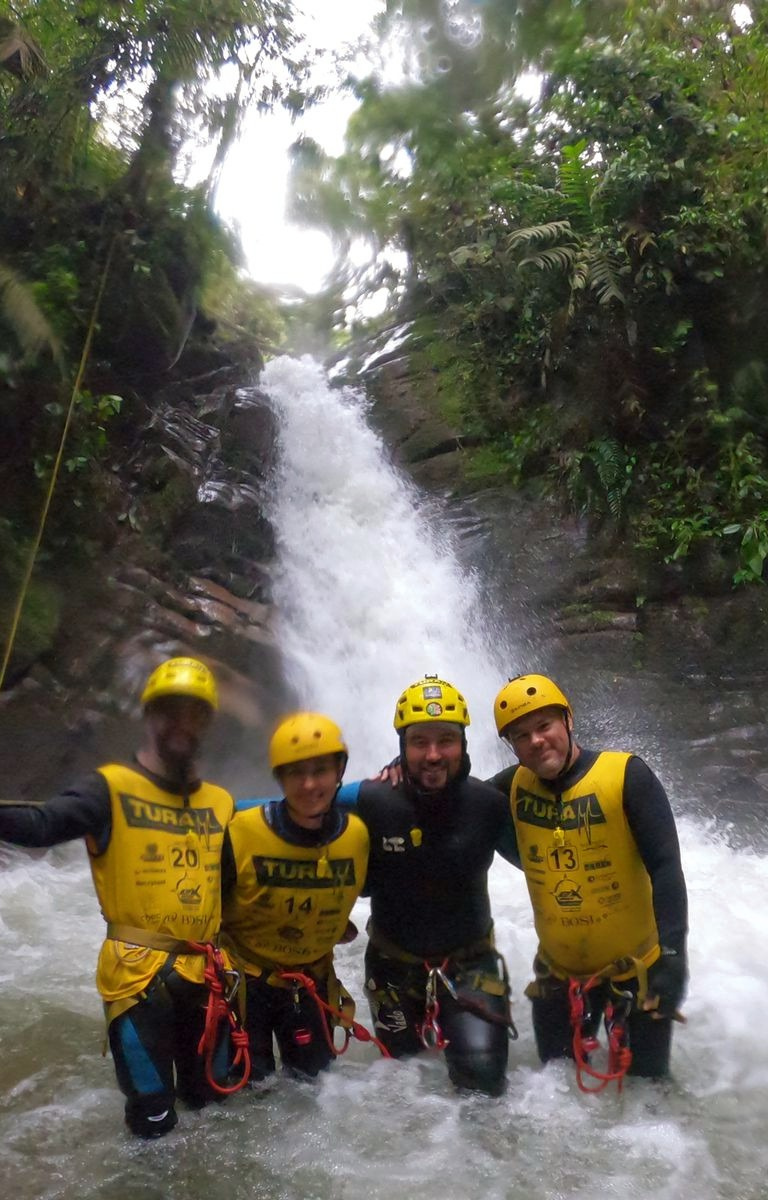
We’re a tour operator specialized in medium and high mountains. Agency endorsed by National Parks / Professional guides. RNT: 68138
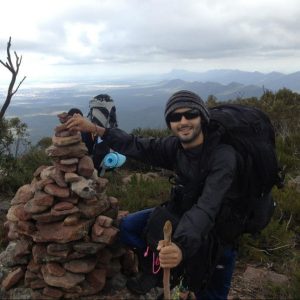
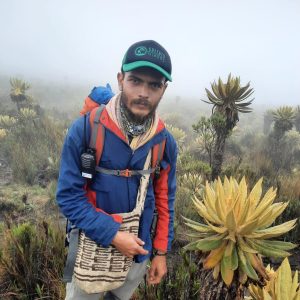
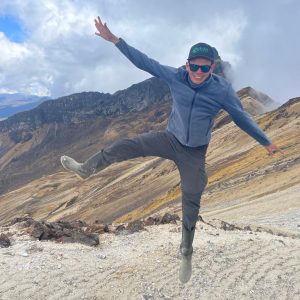
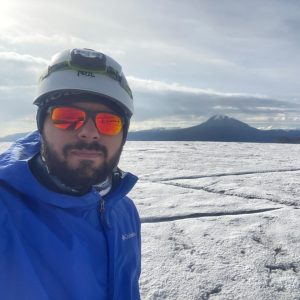
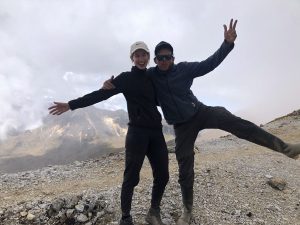
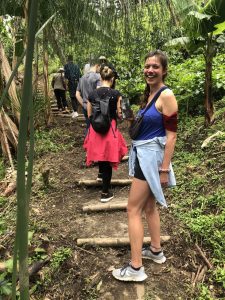
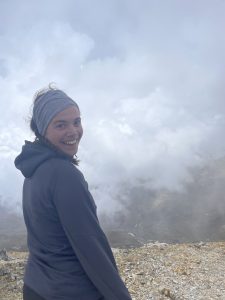
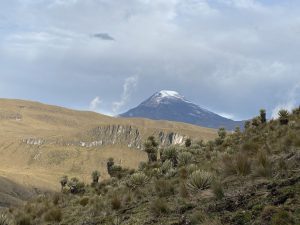
We will ascend to the paramo ecosystem at an altitude of 4,100 meters, passing through sacred rivers, high Andean rainforests and cloud forests.

Join to the best attractions that this beautiful town offers surrounded by the Andes mountains ranges.
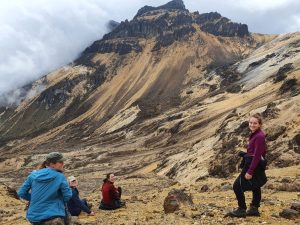
Have the privilege of reaching the highest point in the department of Quindío and one of the highest peaks in Los Nevados National Park over 4,750 m.a.s.l.
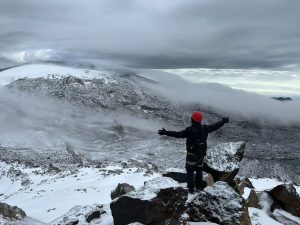
Live this magnificent experience, ascending over the central mountain range of the Andes to one of the highest peaks of Los Nevados National Park (4,950 meters).
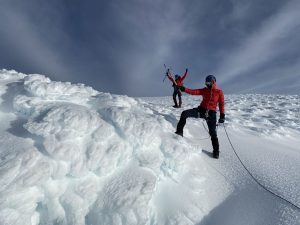
Give yourself a unique experience, living a sunrise from 5,220 meters above sea level, contemplating the wonderful view from the imposing Nevado del Tolima.